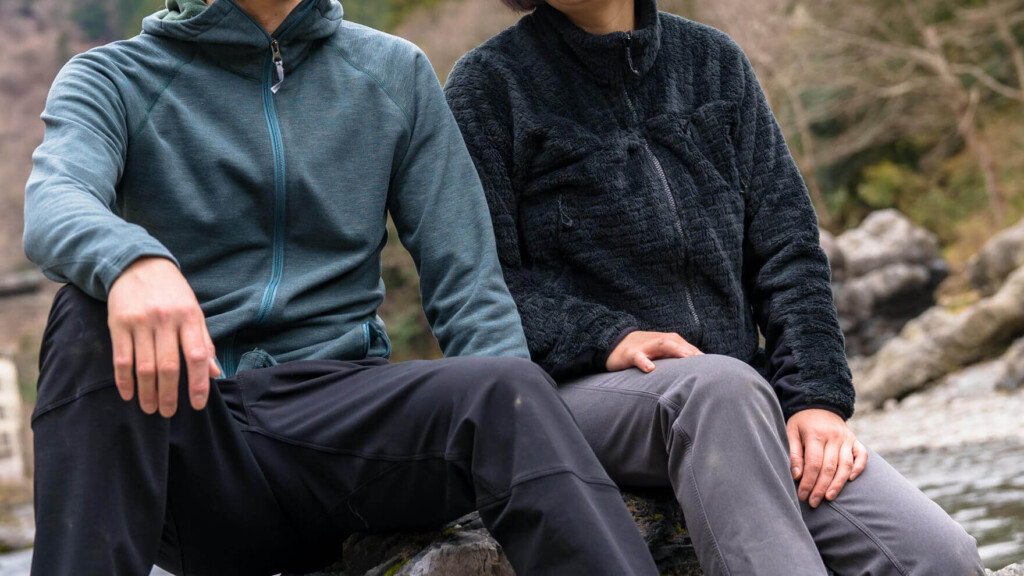
After all, this girl is still the easiest to wear to wear in the mountains. How to choose a fleece jacket that can be used all year round
From jackets to pullovers, pants, gloves, beanies, blankets and pet wear. Of the many outdoor products, fleece is probably one of the most well-known and popular clothing (materials) of the many outdoor products.
Fleece, a versatile winter clothing that has been loved by mountaineers from its birth to this day, may certainly not be the best option as before, as it has been created with a wide range of competing cold weather materials. The reality is that when you compare it to current situations, such as down jackets that are light and warm, and active insulation that boasts outstanding breathability and quick-drying properties, it is not that new materials are inevitable.
However, I would like to say once again loudly, that's a premature way to clean up the matter by saying, "Fleece is a no-no."
The overall balance of fleece as a winter clothing for outdoor activities is still in good condition, and it is not something we have left behind. Furthermore, it is also true that the fleece itself has been strengthened, improved and diversified in many ways, not only due to technological innovation over the past half a century. The requirements for fleece, which are now made from specialized outdoor brands, and fleece sold at Niclo, are completely different, and it is safe to assume that the products created by this are different.
In other words, even though you say "fleece," there is a world that is more depth than you imagined, making the current situation surrounding fleece complicated and interesting. It may be just me, but personally I have been feeling uneasy about it for a long time.
So, to be honest, I would like to reconsider what kind of fleece is really easy to use in the outdoors these days.
This time, we will look back at the characteristics of fleece once again, and while keeping track of the latest materials and techniques, we will explore what fleece you should wear when climbing, skiing, climbing, or cycling (a bit of a stretch). Along the way, I'll post a link to some of the recommended fleece items I've personally used up to now. It would be helpful if you could click to purchase this as well, so if you're interested, please take a look.
I hope this will be of use to those who are thinking of getting outdoor winter clothing, those who have so many fleece-like items that they don't know what to buy in the end.

table of contents
Introduction: What is fleece, when and how do you wear it?
The birth of fleece
Until the 1970s, wool sweaters were the main focus of mountain winter clothing. However, as you know, while wool has sufficient heat retention, it gets heavy and hard to dry out when wet, it tingles, it is difficult to maintain, and it also requires the need to source the ingredients from animals, so this was not a satisfactory condition.
To solve this problem, legendary climber and founder of Patagonia, Yvon Chouinard searches for a new material to replace wool, and finally arrives in a pile sweater made of synthetic fiber (polyester). Scintila Snap T was released after several evolutions, which is still in the lineup with almost the same design .
Features of fleece (benefits and weaknesses)
Fleece is generally made from polyester (chemical fibers) fabrics that have been brushed to ensure a loft. These are significantly lighter than cotton and wool, yet have the same level of warmth as wool, breathable and moisture-passing, do not lose heat even when wet, and the fibers themselves do not contain water, so they dry quickly, and are durable and easy to wash in the washing machine , making them the ideal outdoor insulation material for the time. Additionally, fleece has a comfortable feel that is less likely to itch and allows you to create as many colors and patterns as you can imagine, making it an excellent everyday wear, and even in the field you can feel comfortable as if you were relaxing on a sofa.
On the other hand, such fleece also has its weaknesses. For example, when comparing with the same heat retention, is heavier and bulkier than down . Other it is not generally windproof . Also, although it is highly breathable, thick fabrics can easily get stuffy when exercising. Another drawback is that pilling is likely to occur when washed, and odors easily caused by sebum stains It is also prone to static electricity, attracting lint, pet hair, dust , It is also not easy to overlook the fact that it is sensitive to fire and can easily be burned if worn by a bonfire

Although it's not as good as it used to be, repeated washing makes it easier for pilling to form, and lint and dust that cling to the ends of the hair can be difficult to remove.
For reference, we will summarize the comparisons with winter clothing made from other materials by their characteristics. Of course, performance can increase or decrease depending on the individual product's individuality, the thickness of the fabric, and the quality and quantity of the filling, so please consider it as a guide only.
| kinds | Wool sweater | Fleecewear | Down insulation | Synthetic fiber insulation (emphasis on heat retention) | Active insulation (synthetic fiber insulation for behavioral wear) |
|---|---|---|---|---|---|
| Insulation per weight | ◯ | ◯ | ◎ | ◯ | △ |
| Compact | × | △ | ◎ | ◯ | ◯ |
| Breathable and quick-drying | △ | ◯ | × | △ | ◎ |
| Strength against wetting | △ | ◎ | × | ◎ | ◯ |
| Comfortable to wear | ◯ | ◎ | ◎ | ◯ | △ |
| Ease of movement | ◯ | ◎ | △ | ◯ | ◎ |
| Windproof | △ | △ | ◎ | ◎ | △ |
| Easily care | △ | ◎ | △ | ◎ | ◎ |
In the end, what fleece is clever and how to wear it?
Up until this point, we have discovered that fleece is generally a versatile player who is warm and comfortable to wear, is easy to move around, is resistant to wet, and is extremely easy to maintain, but the more heat retention the more likely it is to become bulky and weak to the wind. However, on the other hand, once you clear this, you will still be able to wear a comfortable, balanced outfit. That is, if you wear fleece,
How to use and wear it so that it ignores weaknesses such as "bulky and weak to the wind" such as "bulky" or "will"
If you can do this, you can wear the strongest and most comfortable winter clothing without worrying about the weaknesses of fleece. So, as the outline of the perfect fleece for mountaineering enthusiasts is gradually starting to emerge, we will finally summarize the clever ways to choose the fleece we recommend on this site.
How to choose: 5 points to check to choose the best fleece
Point 1: Thermal insulation (thickness of fleece fabric)
Since fleece is a warm-weather clothing, the most important thing is to choose the heat retention performance that suits your purpose.
Taking Polartec's outdoor fleece products, which are probably the most people wear, the thickness (weight) of the fleece is basically divided into three or four stages, depending on the weight per unit. First, choose your product by being aware of the difference between these four levels of weights: micro (or lightweight, midweight, and heavy weight.
1. Micro (or) Lightweight (below 200 g/m2)
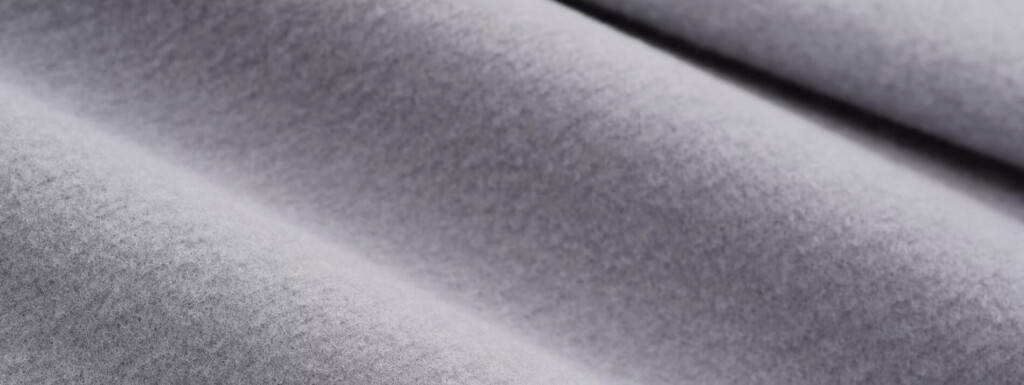
Image: polartec.com
To put it simply, it is the most convenient volume for fleece used in the mountains at the moment. If you are thinking of fleece for use in the mountains, you should first consider the thickness of this area.
As the name suggests, lightweight is a thin fleece. Of course, it is light because it is thin, so it is sure to be easy to use when climbing. It also has excellent breathability, does not warm the body too much and does not interfere with movement. However, of course, the heat retention is not that high.
Among the lightweights, the type called "micro fleece" is often a high-quality model that uses particularly thin, soft threads. It is lightweight yet has high insulation, and is easy to move around with, and the smooth texture of the surface makes it addictive.
Lightweight fleece is an outdoor activity that involves moving and stopping repeatedly, and is "just right" to make your skin surfaces easier to keep while exercising, without being overly warm or too cold. Some manufacturers call this lineup "regulator (adjust, adjust, adjust, adjust) fleece." Combined with the basic balance, I think there are many models that are extremely easy to use all year round.
The basic way to wear it is to wear it as a rain jacket or as an intermediate piece under an outerwear. The chilly weather from early spring to early winter is useful for a wide range of activities, including hiking, fast packing, running, and cycling.
2. Midweight (200-300 g/m2)
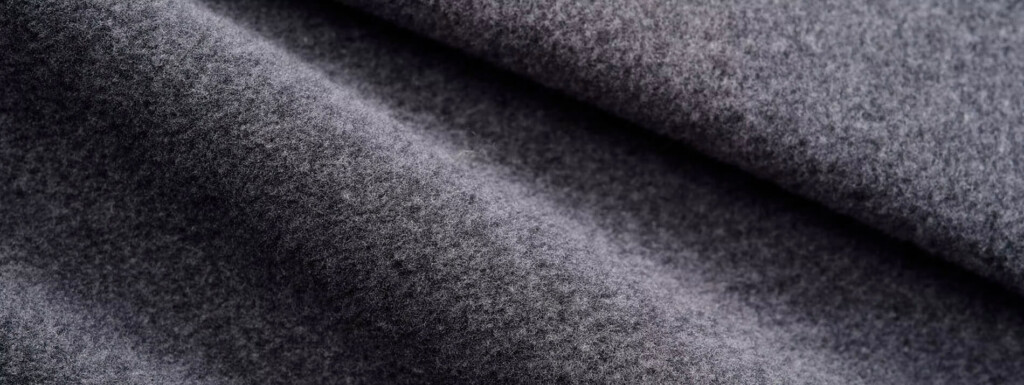
Image: polartec.com
As the name suggests, this is also medium-thick fleece. Compared to lightweight, it has a higher heat retention, so it can be worn not only as an intermediate item but also as an outerwear, so in a sense it is a highly versatile item.
However, in your own experience, "medium-thick" fleece can be insufficient as a winter wear while you are on the go, or as a winter wear on a tent site, so be careful. If there is too much volume, you will feel too hot when you go, and if there is not enough volume, you will be scared that it will be a cold night.
Due to this difficulty, I rarely choose a fleece jacket with this volume unless I personally am particularly particular about it and are confident. It's perfect to wear it as a middle-wear, especially during the cold season, or carry it as a winter clothing for a gentle hike in early spring or autumn/winter, or wear it in the city.
3. Heavyweight (300 g/m2 or more)

Image: polartec.com
The thickest, bulky, voluminous fleece is heavyweight. Naturally, it has the best heat retention, and is also comfortable to wear and has a decent windproof finish. Conversely, moisture inside the clothing is less likely to escape, but in this case it is difficult to imagine as an intermediate piece, and is generally assumed to be worn as an outerwear. Of course, the weight and portability are also incredible.
Such heavy weights are perfect for those who relax all day long in winter mountain huts or base camps, or for those looking for an outerwear that can be worn comfortably in the city, but if you are using them on hiking where there is movement and portability, I think it's safe to say that they're not necessary.
Point 2: Additional functions (do they enhance their strengths and cover weaknesses)
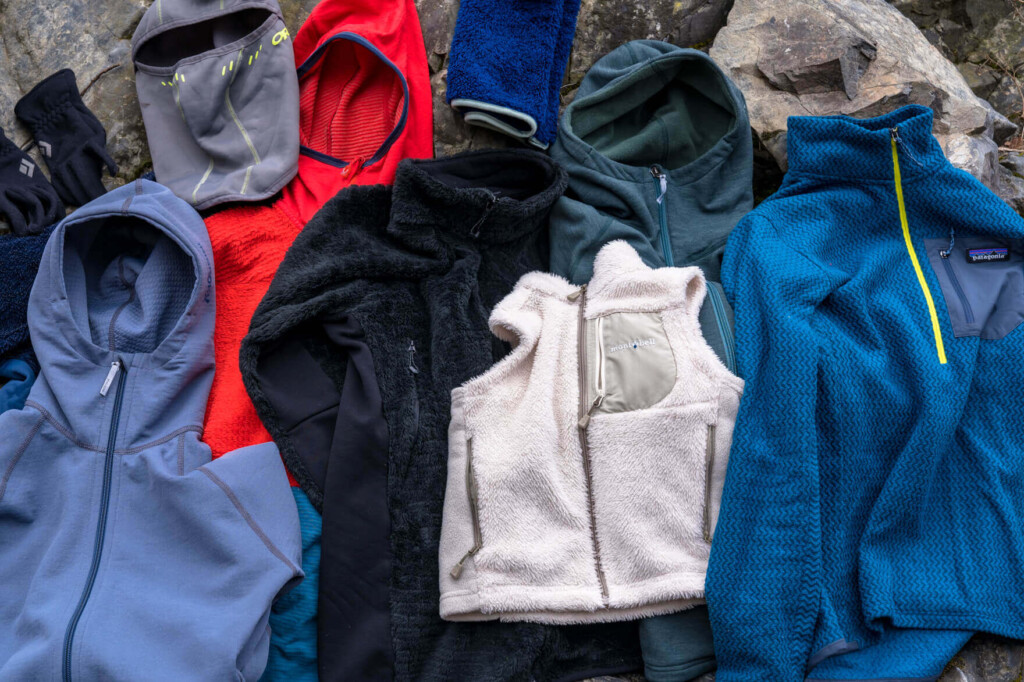
There are now many variations of fleece, and most of the time they are processed to suit your needs, such as what to make from the fabric and the type of activity.
Malden Mills, who developed fleece, decided not to patent this fleece fabric at the time, and fleece quickly became popular, and even to this day, fleece continued to continue on the path of evolution and diversification.
For example, to develop advantages such as making them more comfortable and warm. Or, it has evolved to make up for weaknesses by aiming to create more perfect, easy-to-use winter clothing. In that sense, I have mentioned the basic advantages and disadvantages of fleece up until now, but in reality, over the past 50 years, many models have emerged that overcome many of the problems faced by early fleece.
In other words, the key to choosing the best fleece for us right now is to take into account the basic fleece features and choose a model that incorporates cutting-edge features that suit your purpose. So, from here on, we'll look at some of the important additional features that have been introduced in outdoor fleece up until recently.
1. More breathable fleece
In these days, short and high-load outdoor activities such as trail running and fast packing are popular, and "higher breathability (quick drying)" is required no matter what kind of clothing you wear. The latest trend in cutting-edge fleece is how you can stay dry even while sweating a lot.
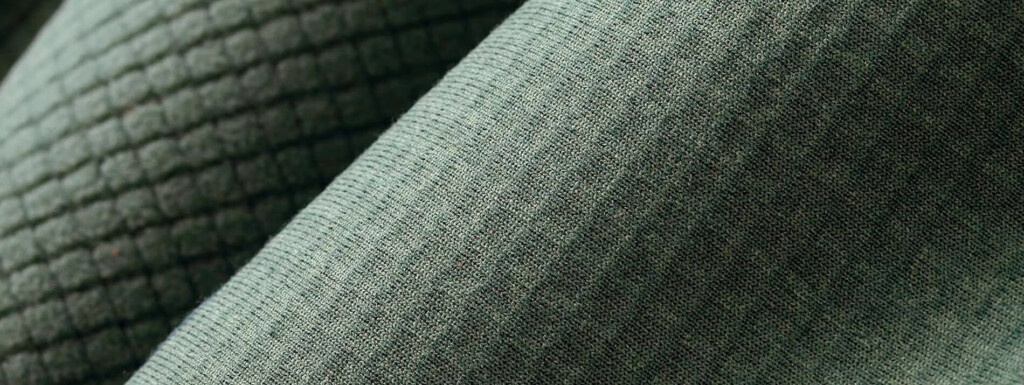
Image: polartec.com
A typical example of achieving this excellent breathability grid fleece , and although it has reasonably heat retention, it is lightweight and compact, with fine grid-like (or border) grooves stretched across the lining to create air passages, making it a fleece material that is both thin and light and breathable.
the Patagonia R1 Air has improved lightness, breathability and quick-drying properties thanks to its unique hollow fiber and wavy uneven structure without compromising heat retention .
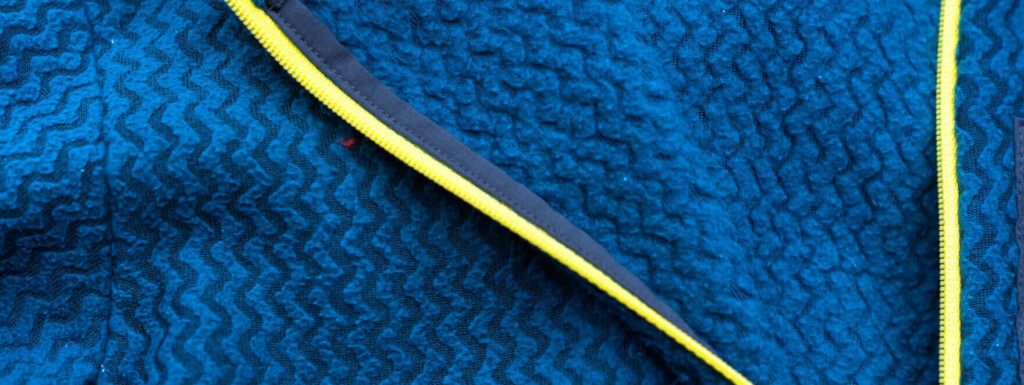
2. Lighter and warmer fleece
Since fleece is a winter wear, the pursuit of heat retention is the ultimate proposition. Warmer fleece jackets are generally made of thicker fabrics or fluffy fabrics like boa fleece (searing fleece, sherpa fleece), which are known as cut wool, but in this case you have to prepare for a reasonable amount of weight and volume, so they are usually used as outerwear for everyday use. Unfortunately, the reality is that it is difficult to enter the strike zone when choosing a fleece for outdoor activities.
On the other hand, as it is a material that has been undergoing research and development for many years, the story does not end there. Not only does it improve heat retention, it also has cutting-edge fleece fabric that does not lose its strength, lightness. One of its signature techniques is a fleece called "high loft fleece,"

The heat-insulating effect of fleece is achieved by the small air pockets (lofts) created within the fabric trapping body temperature, but high loft fleece uses the brushed treatment of long piles to make this loft to the ultimate extent (while reducing weight), maximizing the air pockets (= heat-insulating effect). If you wear it again, you'll notice that high loft fleece is not only warm, but the fluffy and smooth fabric makes it comfortable. It's truly addictive and comfortable.
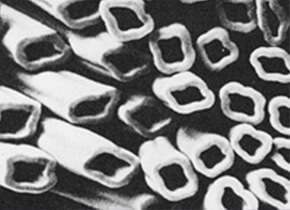
Teijin "AERO CAPSULE®"
Another technique is a detailed technique that you may overlook unless you are careful, but if the fleece fabric uses hollow fiber, As the name suggests, hollow fibers are processed yarns in which the inside of the thread is hollow, and not only can air accumulate in the cavity of the fiber, but they are also lighter because the inside is hollow.
I've actually tried a few of them in the past, and although it certainly looks similar to a regular fleece, it's clearly light and warm. Over the past few years, materials and fabrics using hollow fiber technology have been appearing one after another, and this is one of the techniques that you should never miss.
3. More durable fleece
It's not a bad idea to take advantage of the goodness of fleece and actively use it as an outerwear. However, in such cases, you will inevitably be concerned about the weakness of the fabric itself with typical fleece. If it gets caught on a branch, it will tear quickly, and will wear out quickly from the area that hits the belt or from washing. The idea was to a fleece that is designed with the outer fleece material that is resistant to wear and pilling, and has a DWR (durable water repellent) finish that is resistant to slight bad weather. Perfect for those who want to use it without worry even if it's tough climbing. However, be aware that this may cause a slightly heavy handicap.
4. Fleece that is easier to move in
Basically, fleece is not a stretchy fabric, so at first it has a loose silhouette as a winter wear to wear when it's quiet, and it was not intended to be worn during intense exercise.
As demand for fleeces to wear even when exercising, the Polartec POWERSTRETCH®PRO ™ a tight silhouette.
Made from a blended fabric with elastic yarns such as polyurethane, it achieves a comfortable feel and four-way stretch while maintaining the heat retention, air-drying properties, and abrasion resistance. It always provides a natural feel even during intense activities. Its exquisite fit makes it a piece that makes you want to wear all day long, even if it's not a strenuous exercise.

5. More comfortable fleece
Fleece was originally created as an alternative to wool winter clothing, but recently, have been appearing again, using materials that are fused with natural fibers such as wool to complement the weaknesses of fleece
The good thing about natural materials such as wool is that they do not exhibit any outstanding functionality, but to put it simply, they have a balanced variety of functions that we animals need to maintain comfort.

Especially when exercising, when your body gets too hot and sweating, traditional 100% polyester cools the skin surface so you can feel cold, while when wool is blended, its natural moisture absorption and release function helps relieve temperature changes on the skin, which is said to reduce the sudden drop in body temperature and the body's cold after exercise. Polyester is a digital function of either "0 or 1", while wool is an analog function. It's not that either is correct, but it's important to use and use this difference effectively depending on the purpose, purpose, and season.
In addition, if wool adds to the natural antibacterial and deodorizing properties and natural comfort, it does not have the comfort that synthetic fibers have, then it seems that fleece will become a more unpleasant winter clothing than ever before.
6. Wind-proof fleece
When you want the comfort of fleece and the convenience of being able to use it as an outerwear, you will inevitably want a fleece jacket that will protect you from the wind. Naturally, products with this feature have been produced up until now. The windproofing mechanism includes large methods such as laminated windproof membranes between fleece fabrics, as well as knit structures that are tight enough to keep the air in.
However, although these techniques are certainly present, in today's world where there are many excellent middle and shell layers options, we honestly cannot recommend using a fleece jacket as an outerwear unless there is a lack of circumstances. In fact, this type of windproof fleece product has been less and less released by outdoor brands recently.
7. Fleece (hybrid) with a balanced function
Of course, the various additional features and features we've talked about up to now are not just one item. The last thing to check is the existence of hybrid products, which are skillfully combined with these functions for your purpose and purpose.
For example, a typical example is Patagonia's R2 fleece , allowing you to maximize the effectiveness while minimizing weight.
Alternatively, the NORRONA lyngen hiloflex100 Jacket , which uses a soft shell material with wind resistance and water-repellent properties and fleece fabric with a front and back structure, and a grid fleece-only fabric on the back where heat is efficiently released (is this a soft shell jacket rather than a fleece jacket?).
Models that use these hybrid fleece are usually made for specific activities. Rather than looking for an all-rounder that can be used for a variety of purposes, it is likely that this will be the perfect item for those who have a certain way to use it. I also love this type of fleece, and by using multiple models of these, I can really feel the potential and gratitude of fleece.

Point 3: Style (design)
Jackets, pullovers, hoodies, vests... Thanks to the widespread use of fleece, fleece in a variety of styles (designs) is no longer uncommon, but in addition to the person's preferences, the type suitable for each activity and purpose, such as mountaineering, hiking, running, and cycling, are slightly different.
Of course, there's not just one answer, but if you're aware of what type of fleece is best for what scenes, you'll probably be less likely to regret it later on. It depends on the season and whether the person is hot or cold, but looking back at my own situation, I choose my style with the following in mind.
Best (full zip)
- There are no sleeves so it is less likely to interfere with upper body movement
- The heat retention is not that high
- Windproofing is not expected
- It can be worn over a base layer in a wide range of fields, from regular hiking to intense activities such as fast packing and running in the winter. If it's hot, you don't have to wear outerwear.
- Recently, the ease of use of vests made from other padded materials may be very practical, and there may be fewer options for active fleece vest models.
Pullover (usually 1/4 zip)
- It's light as there are no zippers or pockets
- It is difficult to put on and take off, so you can wear it with a thin layer so that you can wear it as long as possible.
- It is best to use fabrics that emphasize breathability so that they do not feel uncomfortable even when they are left wearing them.
- Wear it as an intermediate wear when hiking on days with low temperatures, etc. when you need more warmth on the base layer. Basically, I assume I won't take off.
Jacket (full zip)
- Basically, it's the same idea as pullovers.
- It has pockets and zippers, so it's a bit heavy and bulky
- It's easy to put on and take off and use as an outerwear, so this one is more versatile.
- Suitable for a variety of occasions, such as an intermediate wear when the base layer is not enough, as an outerwear when you are active in intense activities in cool seasons, or as an intermediate wear or outerwear in calm outdoor activities such as camping or traveling.
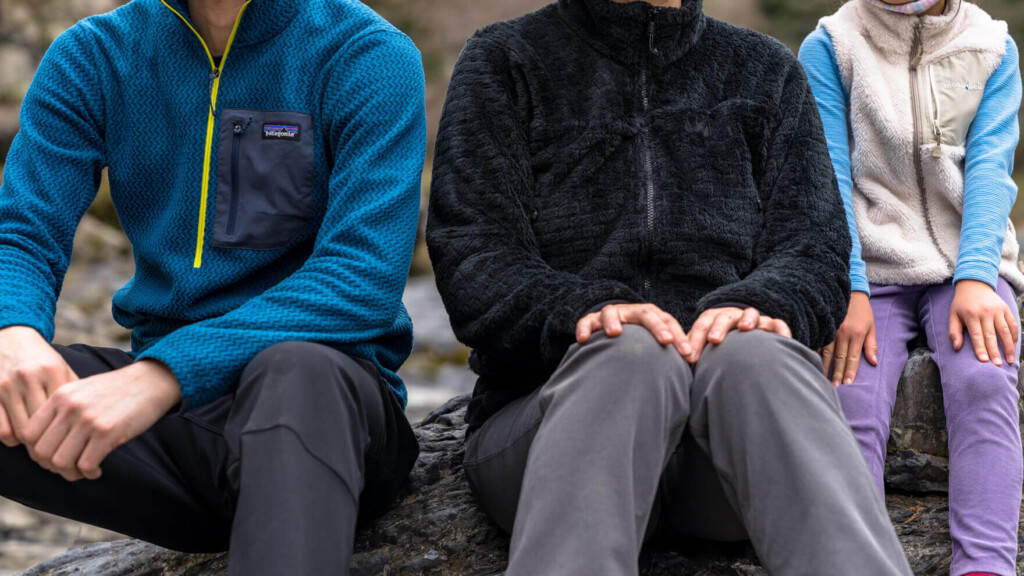
Is there a food or not?
The hood improves heat retention and prevents some rain and wind, but it's not enough to make it more than enough. I previously mentioned how to choose cold weather clothing when it comes to whether a fleece jacket requires a hood, but it is important to think about it throughout the layering, rather than just thinking about the jacket alone.
While keeping in mind that the three layers of the base layer, mid layer, and outer layer do not overlap very much, you can decide based on the season and overall coordination, such as whether the outer hood is sufficient, whether you want to increase the cold protection with a fleece hood, or whether you want to cover the head with a beanie or something so that a hood is not necessary.
Point 4: Zipper, pocket, hem, thumb loop
Fleece jackets are often worn on the inside as a middle-aged one, but it cannot be said that there is no occasion to use them as outerwear. So, in terms of other aspects besides the fabric material and design, I would like to summarize some points that you should be aware of when choosing from my previous experience, such as what functions (parts) would be great depending on the purpose.
zipper
Even if it is a pullover type, most fleeces have a zipper. This is because opening the neck allows for better ventilation, and a full zipper allows for full ventilation and excellent ventilation, but that makes it heavy and bulky. In the sense that this balance is well-balanced, we recommend a 1/4 (or 1/2) zipper, which is prioritized as a mid-layered one.
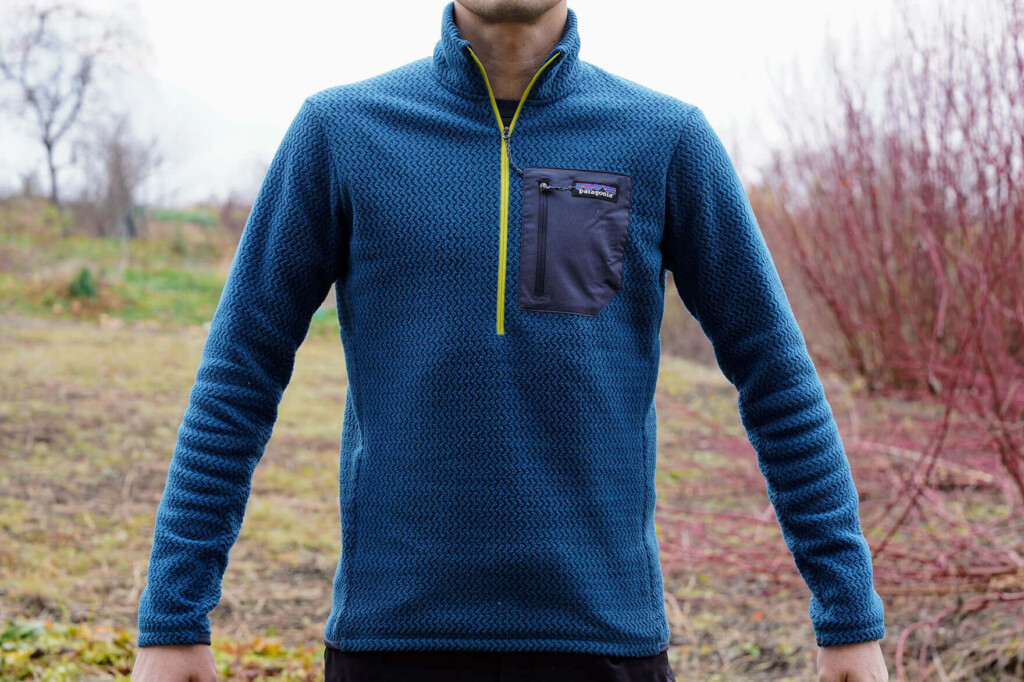
It's certainly convenient to have a pocket, but if it's too unnecessary, it can lead to weight gain. Also, pockets are almost essential for fleece for outerwear, but if you are only using them as a middle-wear item, hand warmer pockets on the left and right sides are not necessary for some people. Personally, I can't give up on the zippered chest pocket, no matter what type of fleece it is. Although it is small, it can store small items such as lighters, cards, glasses wipes, and supplements.

Sleeves, hems, neck circumference
This sturdy fleece jacket uses elastic material around the cuffs, hood and hem. There are also models with adjustable drawstrings on the hood and waist, which improves fit to prevent slipping and lock in warmth.
There are also models with fleece jackets with thumb loops on the cuffs. Many models are designed for technical activities such as rock climbing and backcountry, and are preferred because they warm your hands like gloves, making it difficult for your sleeves to slip up when layering outerwear, but if not, it won't be fatal, so you can just judge this by your preference. However, please be aware that jackets with thumb loops have longer sleeves, so for those who don't want to use thumb loops, the size may not fit.

Point 5: Sustainable
As mentioned at the beginning, early fleeces are clothing made from chemical fibers derived from petroleum. Although fleece made from virgin polyester was less of a problem when it first began when it was less environmentally conscious than it is today, it eventually became an inevitable issue for Patagonia, a company that faces sustainability head-on. We immediately began to improve the product, and in 1993 we released a product made from recycled polyester fleece.
Today, most polyester fleece products have been replaced with recycled materials, and other fleece products made with biodegradable fibers such as merino wool are also available.
More recently, not only the environmental impact of the materials themselves, but also the negative effects of microfibers (microplastics) released from fleece have been attracting attention on marine life, and fleece products such as Polartec® Power Air™
This trend has definitely grown over the past few years, and whether you like it or not, whether you are conscious of it or not, the new products you will encounter in the future will surely become more sustainable-oriented products. In terms of whether products are considered sustainability, both in terms of cutting-edge technological trends and in terms of environmental initiatives that allow individuals to participate, the key points that we must not overlook in the future.

summary
I tried out a variety of fleece this winter, and it's amazing that it can be used in such a balanced way, such as the feeling of being able to do anything when wearing a high-quality model, and the thinness, lightness, warmth, comfort, stuffiness, and ease of care. Anyway, I once again feel that it has great potential in terms of overall ease of use.
If you think fleece has a somewhat old-fashioned feel, why not take this article and try out the cutting edge of fleece?
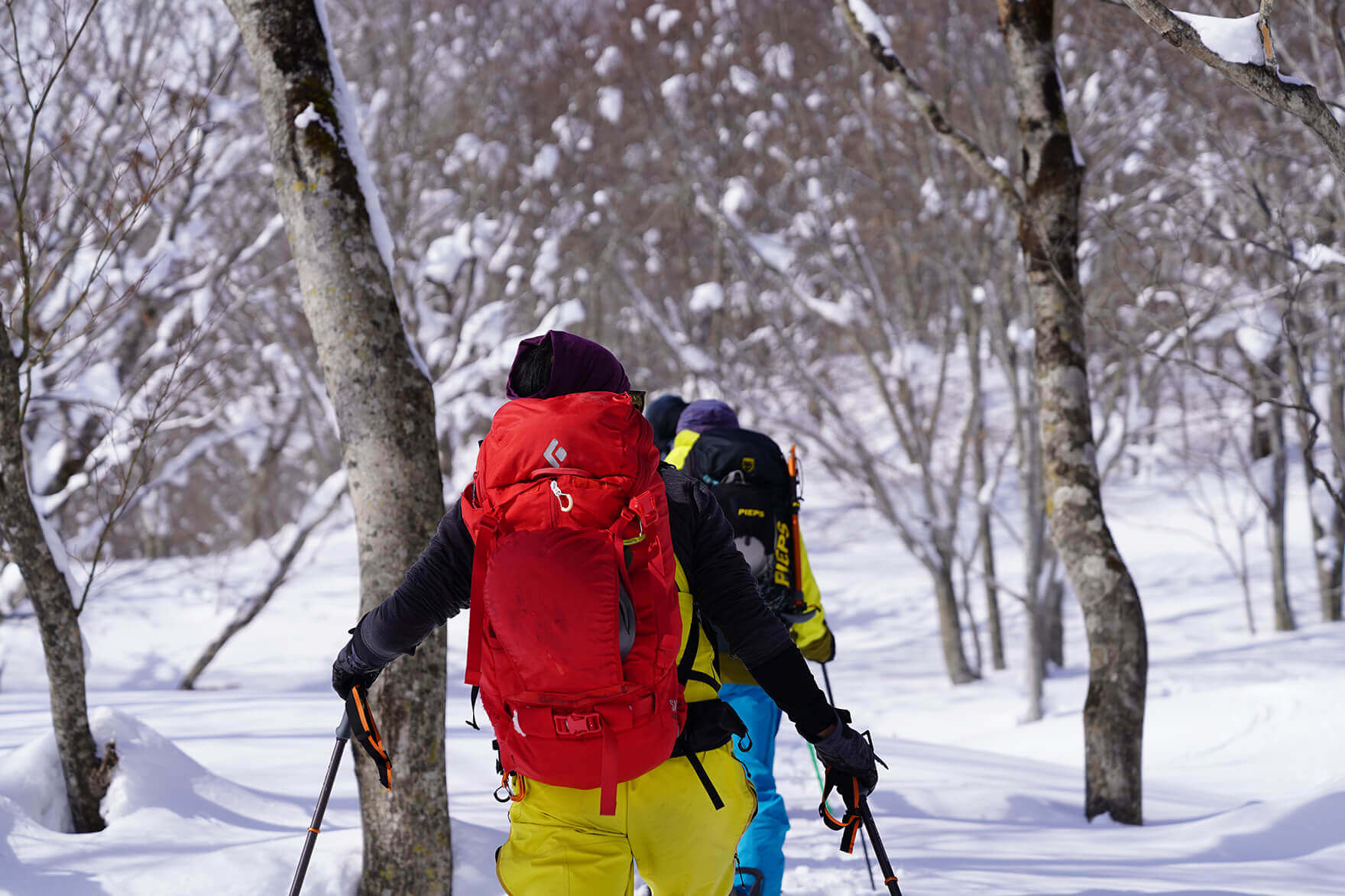












 [Fall/Winter 2025] Down? Synthetic? Fleece? The key to comfortable layering is choosing the right material. The best mid-layers for mountaineering (cold weather gear) by type, and tips for choosing the right one.
[Fall/Winter 2025] Down? Synthetic? Fleece? The key to comfortable layering is choosing the right material. The best mid-layers for mountaineering (cold weather gear) by type, and tips for choosing the right one.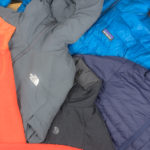 Comparative review: I learned the best choice of synthetic insulation jackets after wearing this winter
Comparative review: I learned the best choice of synthetic insulation jackets after wearing this winter [Fall/Winter 2025] We've selected the best synthetic insulation for fall/winter outdoor activities from approximately 200 models, and here are some tips on how to choose the right one.
[Fall/Winter 2025] We've selected the best synthetic insulation for fall/winter outdoor activities from approximately 200 models, and here are some tips on how to choose the right one. [Fall/Winter 2025] Recommended base layers for this season and purpose, selected after comparing over 200 items, and how to choose the perfect one for you
[Fall/Winter 2025] Recommended base layers for this season and purpose, selected after comparing over 200 items, and how to choose the perfect one for you